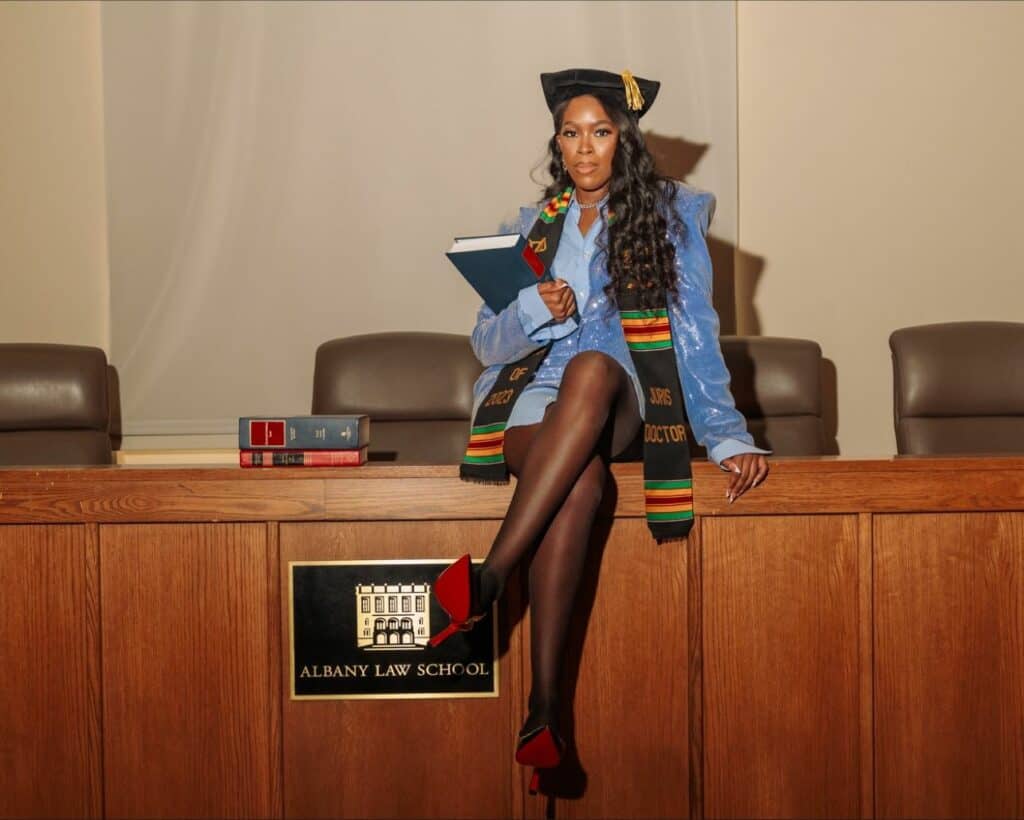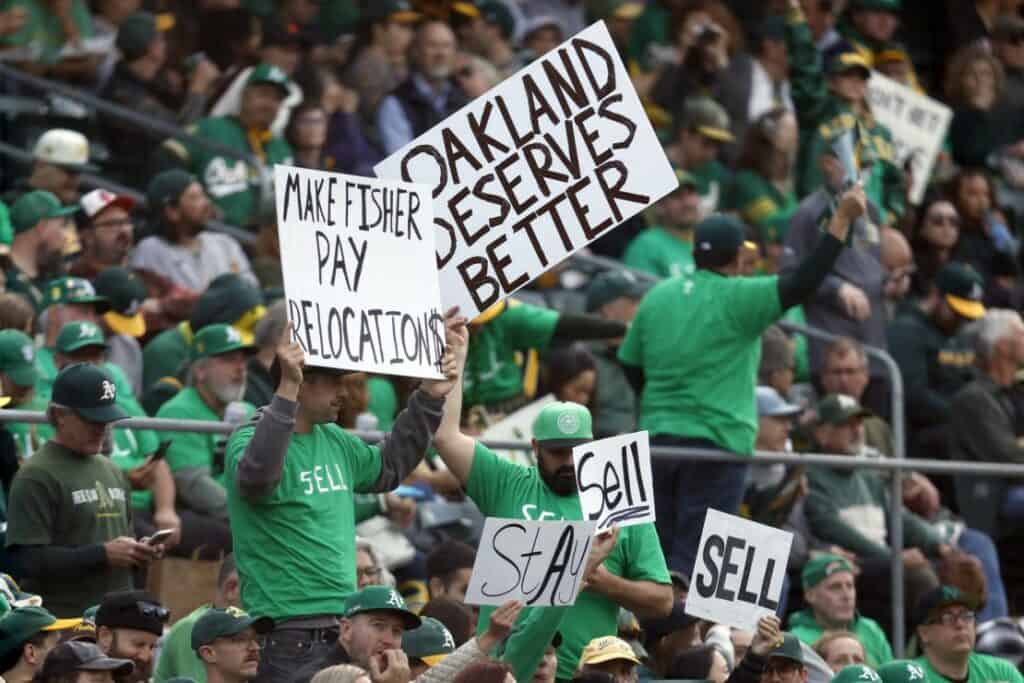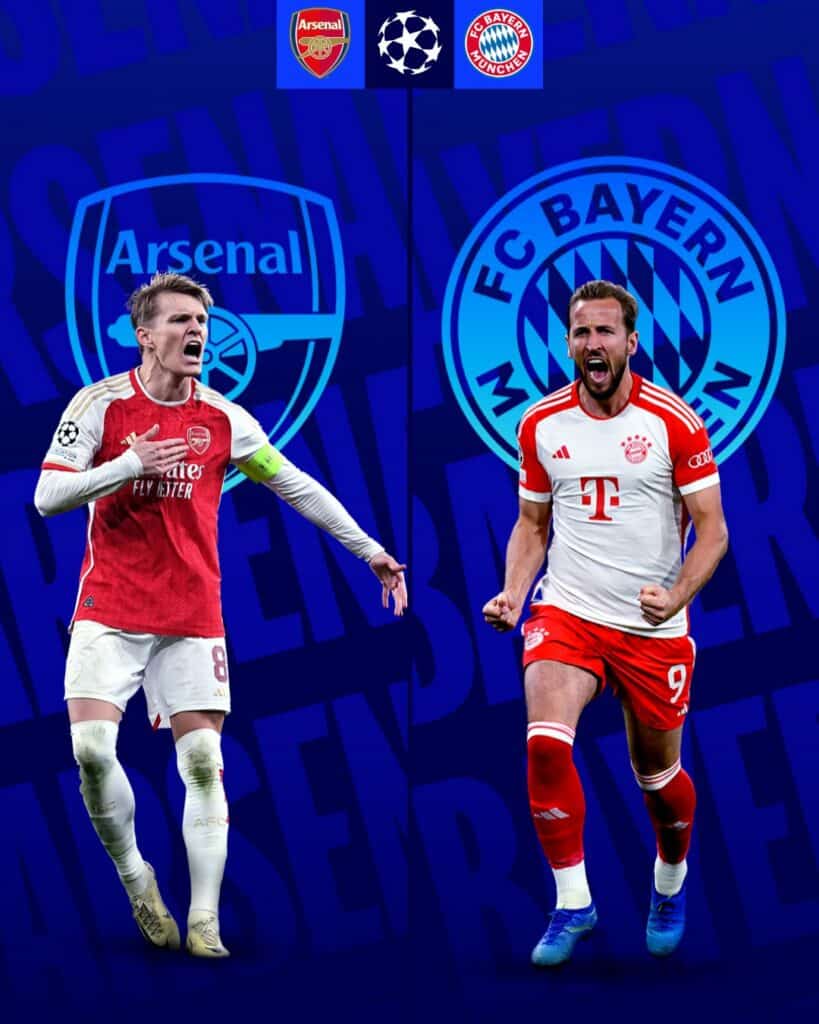It’s no secret that Historically Black Colleges and Universities – commonly known as HBCUs – have a significant disadvantage when it comes to the athletic spotlight compared to its’ predominantly white-school counterparts. The Celebration Bowl is a time where the best black college football programs get to meet up on network television to show the whole country who the best HBCU in the country is when it comes to the gridiron. But mind you, this game means a lot more than just any bowl game.
Played between the winner of the Mid-Eastern Athletic Conference (MEAC) and the Southwestern Athletic Conference (SWAC), the Celebration Bowl dates back far before the game’s first TV appearance in 2015. The idea stemmed from other HBCU Championship games like the Pelican Bowl, which took place in 1972, as well as 1974 and 1975, and the Heritage Bowl, which was played from 1990-1999.
But according to thecelebrationbowl.com, HBCU football first started in December of 1892 between Biddle College and Livingstone College
HBCU ball never got real recognition until 1976 when Grambling State and Morgan State played in the first college football game outside of the western hemisphere in Tokyo, in the first installment of the “Pioneer Bowl.” That game saw players like GSU QB Doug Williams, the first black QB to win a Super Bowl, DB Charles Johnson who spent time with the 49ers and Cardinals, WR Carlos Pennywell who went in the third round to the Patriots, and DE Elvis Franks who spent time with the Browns, Jets, and Raiders.
The game proved to be very popular amongst the Japanese crowd who had seen little to no American football in their lives. The crowd even stood enthusiastically when the famous GSU Tiger band performed during halftime.
Meanwhile, in Tallahassee, Florida A&M was about to make some history of their own. To do so, they won two HBCU titles in three years between 1977 and 1979 and the first-ever FCS title. They even beat the University of Miami, 16-13, in Week 4 of the 1979 season.
Along with having a legendary Quarterback, Grambling State had legendary coach Eddie Robinson, who, during the mid-to-late 70s, led the Tigers to HBCU titles in each of his five decades there. He also had eight wins over Division I FBS teams, including a close game against the ‘Pony Express’ SMU Mustangs in 1983.
This stat is especially important in a time when HBCU football didn’t get their fair shot at recruiting and scheduling due to segregation
When the Tigers got their shot at beating a powerhouse, they put the world on notice. Since the game’s creation, that’s exactly what North Carolina A&T has done too. The North Carolina A&T Aggies have been in and won the championship game four out of the last five years, and have put offensive linemen Brandon Parker and Pro Bowl RB Tarik Cohen in the NFL.
HBCUs have always held their own in producing enough talent for the pros. Examples of such are Florida A&M WR “Bullet” Bob Hayes, the only athlete to win an Olympic Gold medal and a SuperBowl ring, Tennessee State defensive linemen Ed “Too Tall” Jones, and arguably the greatest WR of all time, Mississippi Valley State’s very own, Jerry Rice. Viewership of the big game pulls in on average 2 million viewers since its creation, only coming second in the early bowl ratings, and other FCS schools want their piece of the pie.
The winner of the MEAC conference gets to choose whether to play in the Celebration Bowl or the FCS playoffs, where the outcome hasn’t always been positive. Instead, they can go to the HBCU championship and get a $1 million payout and eyes on future pro prospects. For the rest of the FCS schools, it’s playoffs or bust, with most schools knowing they won’t make a run and will likely lose money. The SWAC plays its championship game after the playoffs have already started.
That’s what the Celebration Bowl is for HBCUs
The bowl puts the world on notice, not only for the football success at black colleges but the culture as well. From the battle of the bands to fraternities and sororities, the Celebration Bowl brings true togetherness not only in school, but in the workplace, the supermarket, or wherever life brings you. For black youth, HBCUs will always be a part of who they really are, and the Celebration Bowl mixes all of that into one, for a real top-notch black experience for the world to see.




